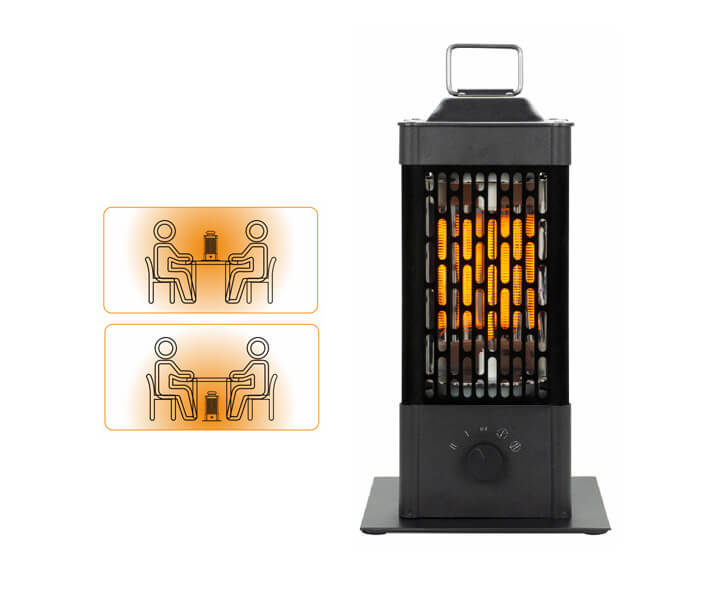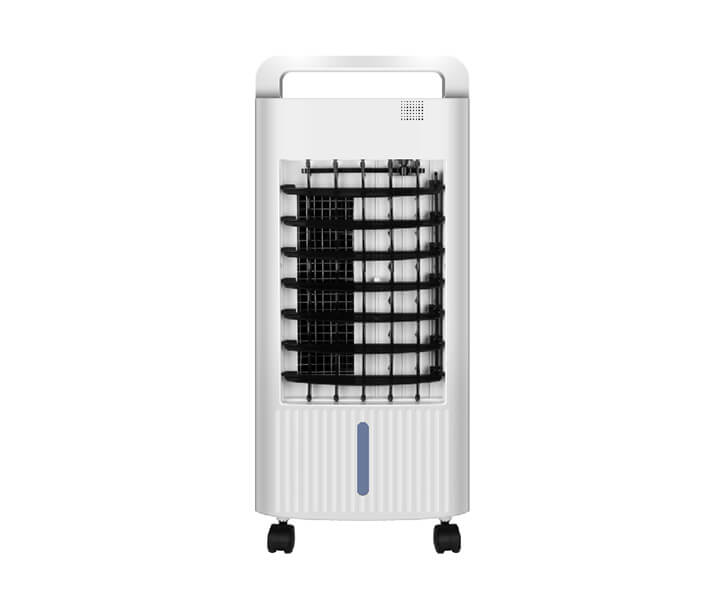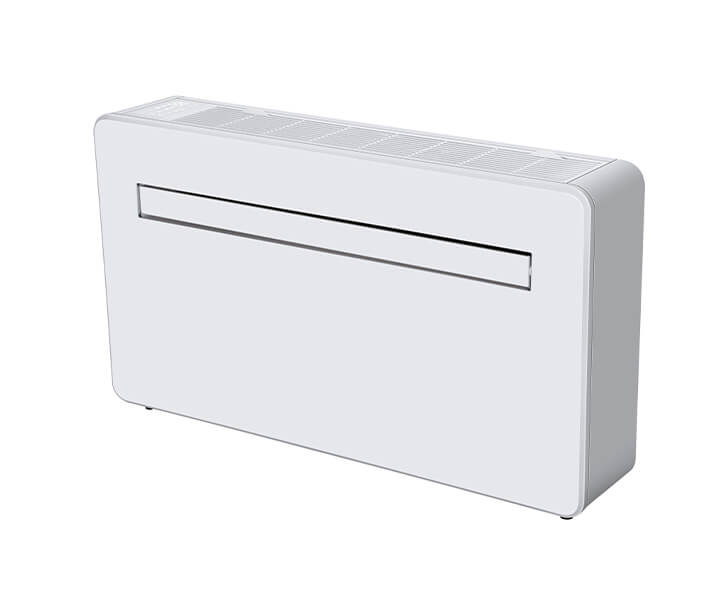
How infrared heat works
2023-09-08 21:02:09
The Science behind Infrared Heat: An In-depth Analysis

Infrared heat is a fascinating phenomenon widely used in various applications, from home heating to medical treatments. Understanding how infrared heat works is essential to harness its benefits effectively. In this article, we will explore the science behind infrared heat, its properties, and how it differs from other forms of heat.
The Basics of Infrared Heat
Infrared heat is a type of electromagnetic radiation with longer wavelengths than visible light. It falls between the visible light spectrum and microwave radiation on the electromagnetic spectrum. Unlike visible light, which can be seen by the human eye, infrared radiation is invisible but can still be detected and felt as heat.
Infrared heat is generated by objects and substances that have a temperature above absolute zero (-273.15°C or -459.67°F). All objects emit infrared radiation as a result of the motion of their atoms and molecules. The higher the temperature, the more intense the infrared radiation emitted.
Mechanism of Infrared Heat Transfer
Infrared heat transfer occurs through three different mechanisms: conduction, convection, and radiation. Understanding these mechanisms is crucial to grasp how infrared heat works and its practical applications.
Conduction:
Conduction is the transfer of heat between objects through direct contact. When an object with a higher temperature comes into contact with an object with a lower temperature, heat is transferred from the hotter object to the cooler one. In the case of infrared heat, conduction occurs when a warm object, such as a heater, touches a colder surface, transferring heat energy through direct contact.
Convection:
Convection is the transfer of heat through the movement of fluid or gas. Infrared heat can initiate convection as it heats the air or fluid surrounding it. The heated air or fluid then rises, creating a circulation pattern that spreads the heat to other areas. This principle is utilized in heating systems that use infrared technology.
Radiation:
Radiation is the primary method by which infrared heat is transferred. Unlike conduction and convection, which require direct contact or a medium, radiation can transfer heat energy through empty space. Infrared radiation travels in straight lines at the speed of light until it encounters objects that absorb or reflect it. When infrared radiation is absorbed by an object, its energy is converted into heat, raising the temperature of the object.
The Applications of Infrared Heat
Thanks to its unique properties, infrared heat finds numerous applications in various fields:
Health and Wellness:
Infrared heat therapy is used for pain relief, relaxation, and improving blood circulation. Infrared saunas and heating pads emit infrared radiation that penetrates deep into the body, providing therapeutic benefits.
Industry:
Infrared heat is extensively used in industrial processes such as drying, curing, and heating. Its targeted heat transfer properties make it efficient for applications involving materials like plastics, metals, and textiles.
Home Heating:
Infrared heaters are an energy-efficient alternative to conventional heating methods. They emit infrared radiation that directly heats objects and people in a room, rather than heating the air.
Conclusion
Infrared heat, with its unique properties and efficient heat transfer mechanism, offers a wide range of applications. Understanding the science behind infrared heat helps us harness its benefits effectively and explore further possibilities for its practical use.
Get the latest price? We'll respond as soon as possible(within 12 hours)








